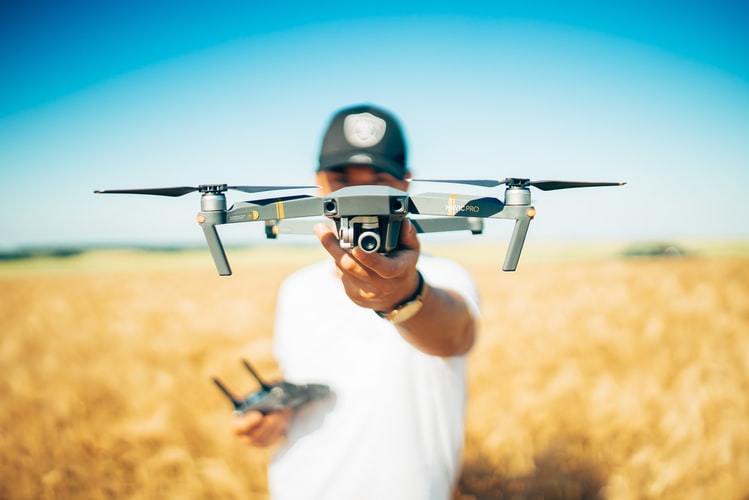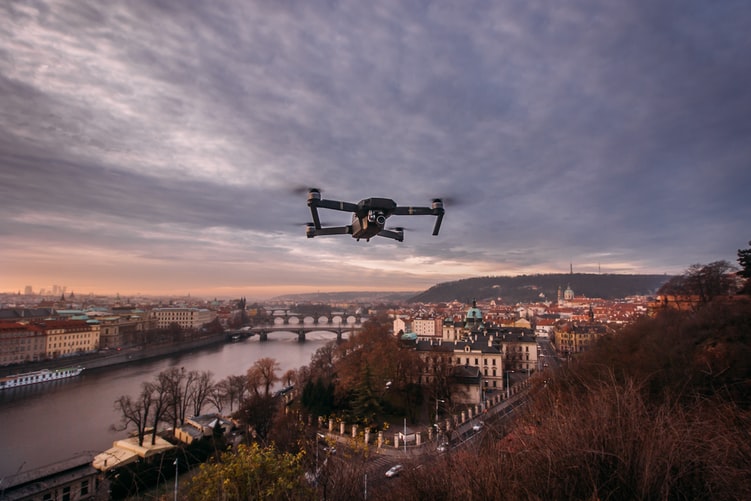
Whether you are a professional, a vlogger, or an amateur, having the right video equipment can give you various ways on how to shoot your subjects differently.
Today, drones have been a trend for videographers and filmmakers. Having an aerial shot gives a different impression and substance to their videos. It gives much more expression and all other additional factors when drone shots are included.
If you are planning to have one, DJI has a reputation when it comes to video and camera equipment. Two of the best drones for professionals and amateurs are the Mavic Air and the Mavic Pro. Deciding what to choose between these two is such a headache since they almost have the same features with each other.
First comes first
First, let’s discuss what are their common grounds and its difference to the other drones.
Both Mavic Air and Mavic Pro is much more compact than the other drone. They are more space saver compared to the gigantic model drones. They are also good at traveling especially in hiking and other walking trips if you want to travel light.
Regarding their specs, they have both 4K video resolution, gimbals, variety of frame rates, 12-megapixel photo capture and 60 – 120 frames per second slow motion. They also have a good Wi-Fi receptor to control them in longer distances.
Without further ado, let’s tackle these two of which is the best drone for you.
The older bro, Mavic Pro
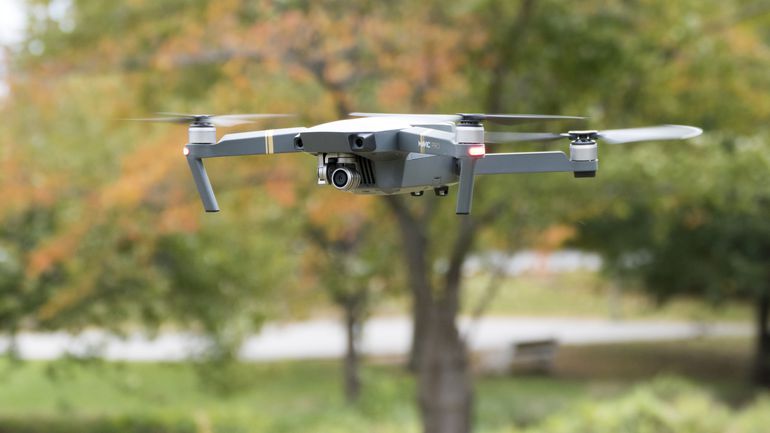
When it comes to its camera, it has 12.35-megapixel, f/2.2 aperture, 0.5 to an infinite shooting range, ultra-high-definition up to 30 fps recording at 60 Mbps, and has a captive focus that turns your background to clear and blur. The lens has a bluish filter with 78.8 degrees field of view. It has a landscape and portrait options which are good for Instagram and Snapchat. However, its downside is that it has no internal storage so you need an external SD card.
From its body, it weighs 734 grams, 1/2.3” CMOS for its sensors, 16,404 feet maximum height reach, 27 minutes (no wind at 25kph) at a single charge, and has a maximum speed of 40 mph/65 kph during sport mode. Its remote control also has all flight description so it does not need your smartphone for the control. It only has a forward and downward motion. The downside of it is that it has no gesture control, open space for its camera so it is prone to be damaged if not handled well, and no back sensors.
The younger version, Mavic Air
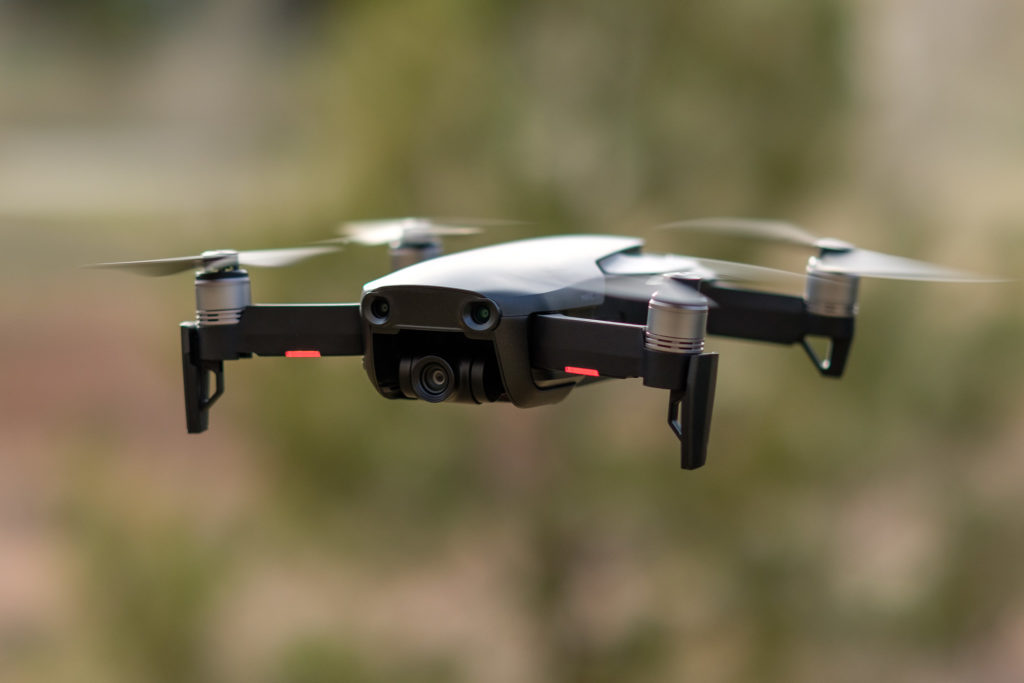
For its camera’s specs, it has 12-megapixel, f/2.8 aperture, 0.5 to an infinite shooting range, ultra-high-definition up to 30 fps recording at 100 Mbps, and fixed focus. The lens has a warmer tone filter with 85 degrees field of view. It has an additional feature like boomerang and asteroid camera effects. It has 8-gigabyte internal storage in case you forgot your external SD card.
From its body, it weighs 430 grams, 1/2.3” CMOS for its sensors, 16,404 feet maximum height reach, 21 minutes (no wind at 25kph) at a single charge, and has a maximum speed of 42.5 mph / 68.4 kph during sport mode. It has a hand gesture control with forward, backward, and downward vision system. The camera is more nested so it is more protected and it also has back sensors.
To further see its difference, refer to the table below:
| Mavic Air | Mavic Pro | |
| Camera: | ||
| MP | 12 megapixels | 12.35 megapixels |
| Aperture | f/2.8 | f/2.2 |
| Shooting Range | 0.5 to infinite | 0.5 to infinite |
| FPS recording | 100 Mbps | 60 Mbps |
| Focus | Fixed | Captive |
| Filter | Warmer tone | Bluish tone |
| Footage (1080mp) | 120 fps | 90 fps |
| Lens FOV | 85 | 78.8 degrees |
| Internal Storage | 8gb | None |
| Body | ||
| Weight | 430 grams | 734 grams |
| Max Continuous Usage | 21 mins | 27 mins |
| Speed (sport mode) | 42.5 mph / 68.4 kph | 40 mph / 65 kph |
| Hand Gesture | Yes | No |
| Vision System | Forward, Backward, Downward | Forward, Downward |
| Max Flight Distance | 10 km | 13 km |
| Dimensions when folded | 168×83×49 mm (L×W×H) | 198x83x83 mm (L×W×H) |
| Number of Sensors | 6 (2 front, 2 under, 2 back) | 4 (2 front, 2 back) |
For our pros and cons
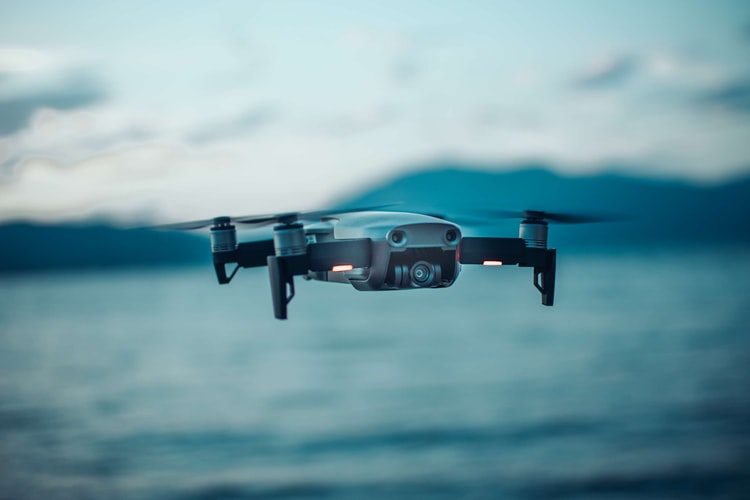
The camera
For the camera, it has almost the same features however it depends on what you are shooting. The Mavic Air has a more fps that the Mavic Pro. Thus, it creates smoother slow-motion videos. From the bright side, literally, since the Mavic Pro has a higher aperture, it can create brighter pictures that the Mavic Air.
If you want a manual focus on the footage, it is a point for Mavic Pro. Mavic Pro has a captive focus that can easily identify your subject. But if you worry that your footage or photos are blurry, it much better that you go with Mavic Air.
It is also an advantage that DJI incorporated 8-GB internal storage for Mavic Air. It serves as emergency storage so you don’t have to worry if you forget to place the SD card in the drone.
The body
When it comes to the body, they are both compact and foldable. But the Mavic Air is lighter than the Mavic Pro. It is also convenient when you are traveling in other countries since they only permit drones with 500 grams and below. It is also an advantage for Mavic Air for hiking trips since it is lighter and smaller than the Mavic Pro. The Mavic Air is almost the size of a regular smartphone so you can put it in your pocket.
The speed
For the speed preference, Mavic Air is much faster than Mavic Pro. Its size can also a factor since the former has a faster rate than the latter.
Safety features
When it comes to safety features, sensors should be the most deciding factor when you purchase a drone. With this, Mavic Air has more sensors than the Mavic Pro. Maybe because Mavic Air has more vision systems than Mavic Pro. Mavic Air also has a hand-gesture feature that identifies the gesture of its user. Mavic Air also has a new feature called Advanced Pilot Assistance System that allows the drone to fly over to obstacles automatically.
Controller aspect
In the controller aspect, Mavic Pro has an advantage over Mavic Air. The remote control of the Mavic Pro has an LCD screen that gives information regarding the battery life percentage, flight information, and camera information. It doesn’t need another smartphone compared to Mavic Air.
Verdict?
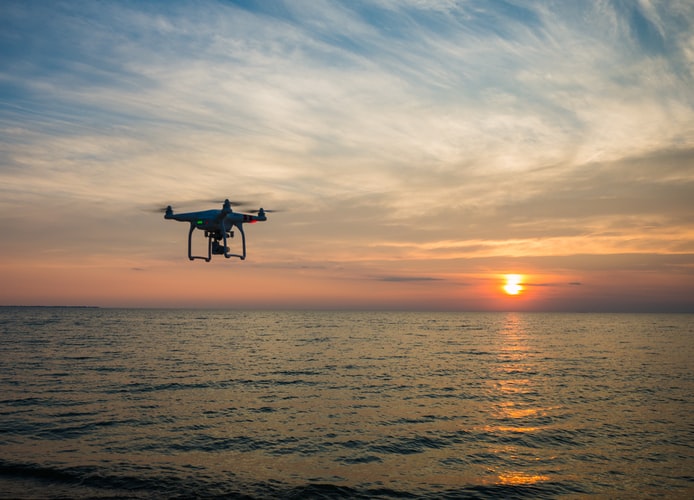
The verdict here is, it still depends on where you will use it.
If it is for leisure purposes that have a goal in achieving a quality aerial shot, then go with the Mavic Air. Besides with lighter and smaller body, it is also much cheaper with 829 USD SRP. It is also hassle-free since it has a built-in storage of 8-gigabyte.
If for Professional use, you should go with Mavic Pro, it has more running time and a slightly larger frame than Mavic Air. Mavic Pro also has a quieter background noise so you don’t have to worry about too much editing. It is also convenient that its remote has the necessary you need during the flight. Its price is around 1,049 USD SRP.
Photography has become a way to treasure moments with loved ones. It has become a form of art to capture moments, adventures, and expression towards the subject. Over time and with the evolution of technology, photography changes our perspective in life. A lot of developments have integrated with it creating moving pictures.
Comments
0 comments

